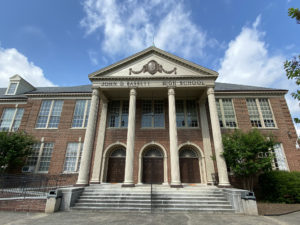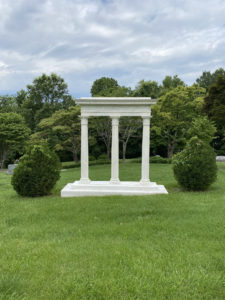I came close to transcribing all of the Paschal letters, which covered a young soldier’s life and death in the trenches of World War One. While I worked on them, I couldn’t help but think about how I would feel in Robert’s place a century ago. I am older now than Robert ever lived to be. What does this tell me about his life? What does this tell me about mine? These thoughts will stick with me for a long time.
I also came near to completing my documentation assignments with Oakwood Cemetery. Not only did I learn about the importance of meticulous research, but I learned some interesting facts about the important citizens from my hometown. I would be excited to contribute to Oakwood’s future historical projects should they require assistance.










